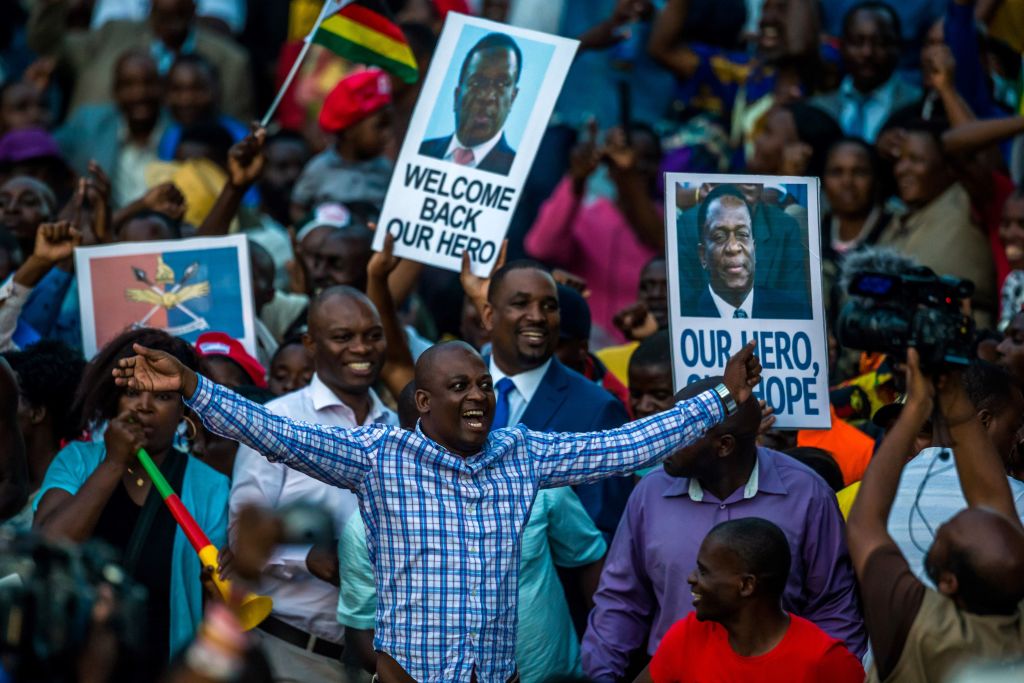With Robert Mugabe’s departure goes one of the caricatures of late 20th-century Africa: the tinpot dictator who brutalises his opponents, impoverishes his people yet manages to extract enough wealth from a decaying economy for a fleet of Rolls-Royces and a private jet to speed him off to private medical appointments in Singapore. But his long-overdue resignation should not be allowed to detract from what is going on elsewhere in sub-Saharan Africa.
Zimbabwe, which did not stand out for its rottenness in the early years of Mugabe’s rule, now finds itself surrounded by either functioning democracies or fairly benign regimes with some element of democracy. Aside from Zimbabwe, African economies have grown consistently this century, averaging 5.4 per cent between 2000 and 2010 and by 3.3 per cent since the economic crash. Foreign investment mushroomed from $14 billion in 2004 to $73 billion a decade later, before falling back with the collapse in commodity prices. ‘Africa’ and ‘hunger’ no longer roll off the tongue together. The proportion of Africans with access to safe water has grown from 51 per cent in 1990 to 77 per cent in 2015.
If there is a model for Zimbabwe now, it is neighbouring Botswana. Much poorer than Zimbabwe when Mugabe took power in 1980, it has pulled itself up to be an upper-middle-income country. It has a multi-party democracy and a government which actively seeks overseas investment. It stands as an example of what a developing country can achieve when it seeks to do business rather than, like Mugabe, failing to move on from anti-colonial struggle.






Comments